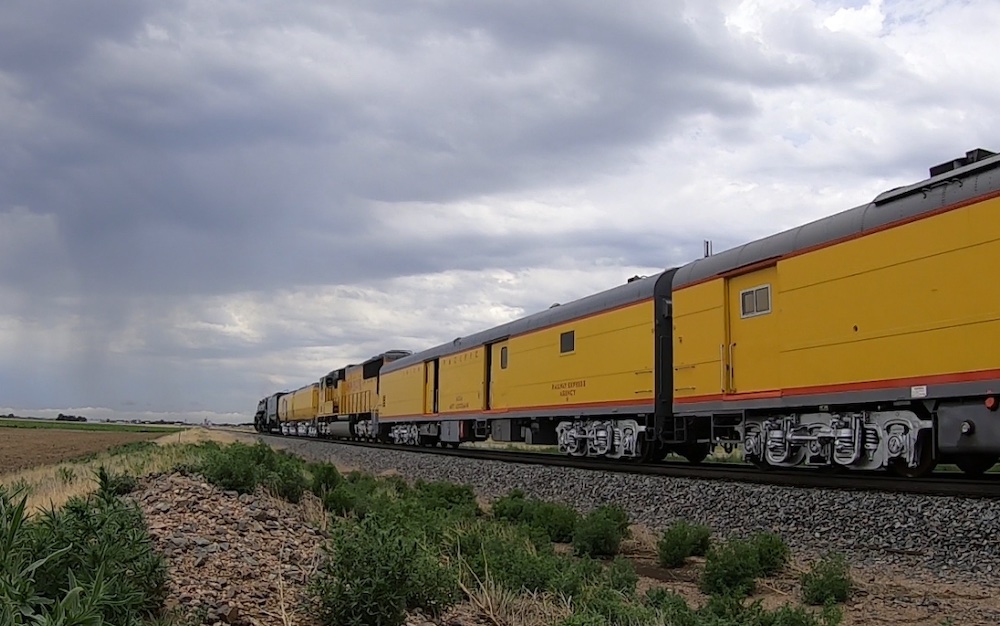
From short lines to the Class I railroads, chances are you’ll come across a mainline steam excursion with one or more non-passenger railcars near the front of the train (sometimes coupled directly behind the locomotive). They’re carrying, as the name implies, tools and more to support the steam locomotive when out on the road and […]
Read More…
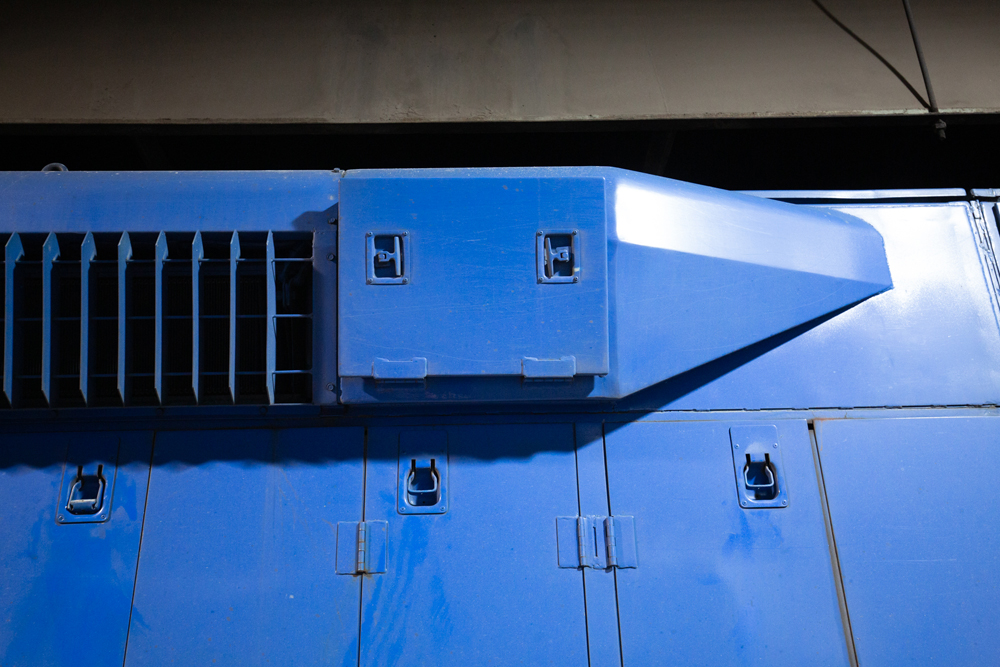
Types of dynamic brakes Dynamic brakes are a supplemental braking system that is the conversion of a locomotive’s traction motors from electric motors to electric generators. This allows a train’s speed to be adjusted by the engineer using a lever in the cab to vary the amount of electricity sent through a series of resistance […]
Read More…
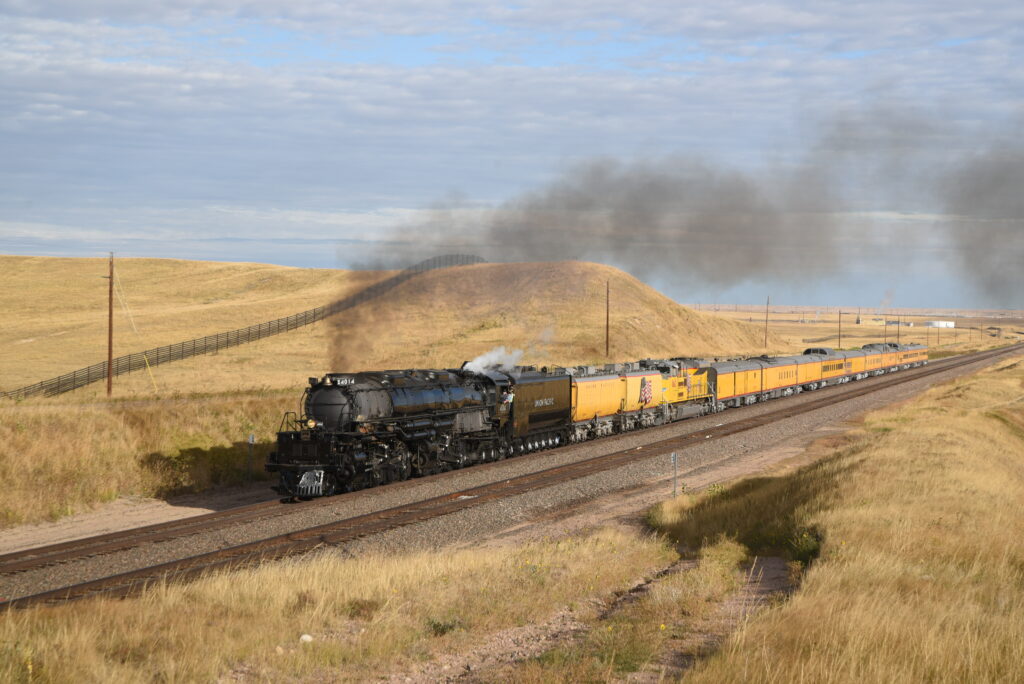
“Diesel Helpers” are two buzzwords associated with today’s mainline steam excursions – from short lines to Class I railroads, and even selected tourist railroads off the national network. The use of one, or lack thereof, differs between railroads, organizations, and their operating preferences. Some are comfortable letting the steam locomotive travel solo. Others would prefer […]
Read More…
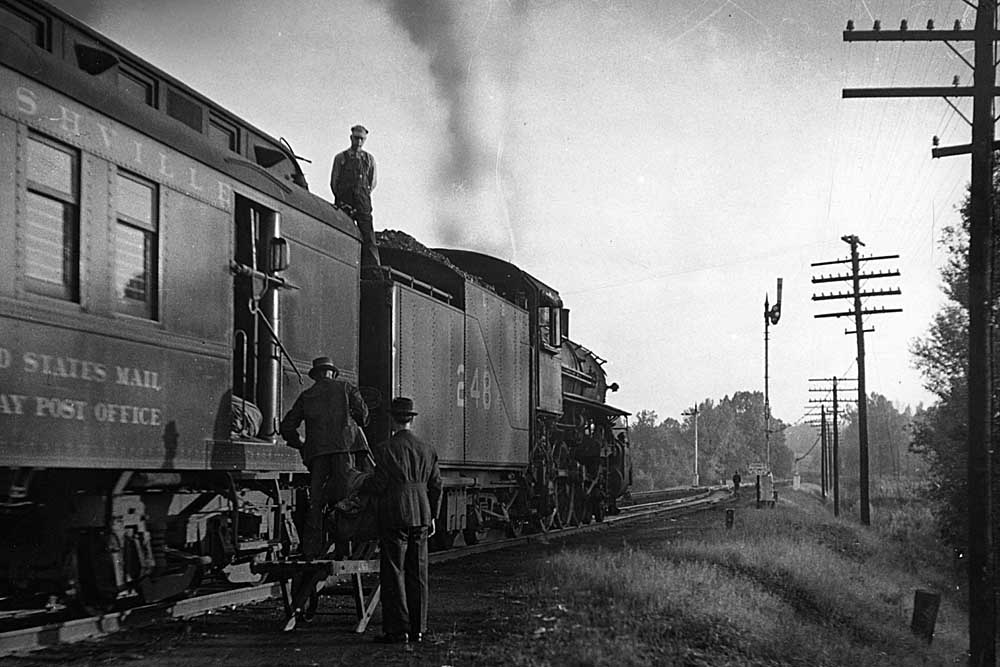
Railroad tell-tales At one time, railroad tell-tales were placed along the track on either side of low structures such as bridges and tunnels to warn crew members on top of the cars that they could not remain in a standing position while passing under the structure. Before the adoption of the air brake, and for […]
Read More…
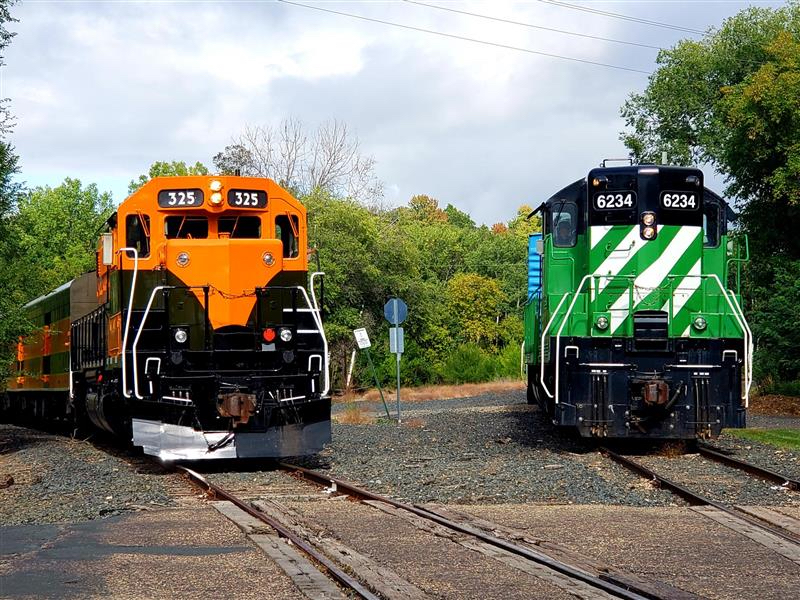
Modern day train operations are largely controlled by train dispatchers or control operators. A dispatcher directly controls all movements on a given piece of track, while a control operator typically handles movement on a smaller piece of trackage — operating under the direction of a dispatcher. Control operators can typically be found at interlockings, or […]
Read More…
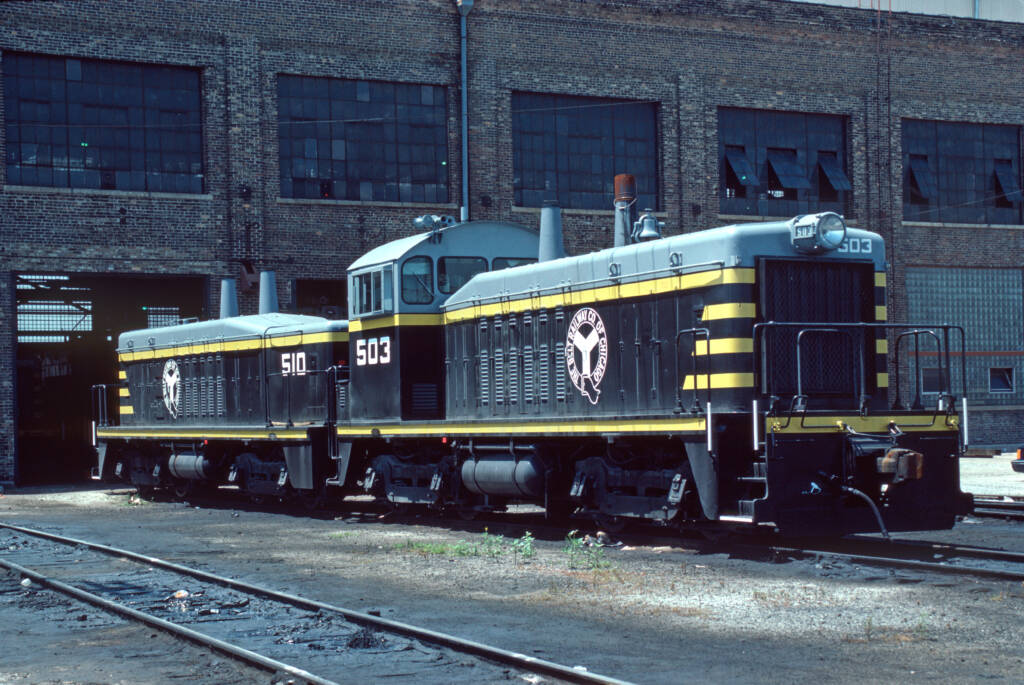
Transfer locomotives Transfer runs are trains that move cars from one freight yard usually to a nearby yard of another railroad (but not always). Early in dieselization, three of the major builders marketed locomotives built specifically for such service, called transfer locomotives, which demanded a lot of pulling power but not much speed. Transfer units […]
Read More…
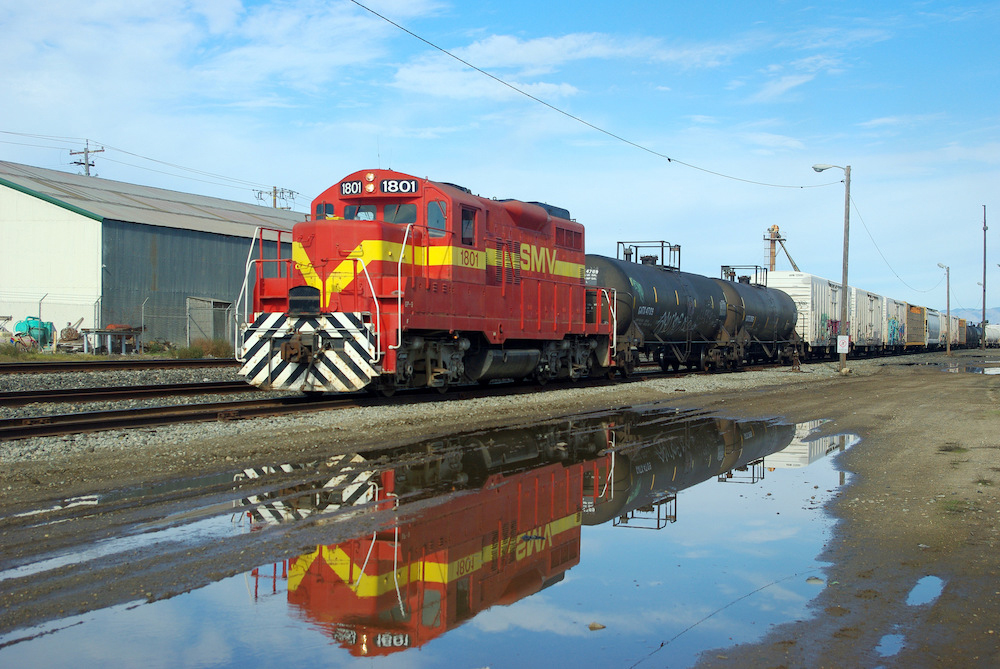
Shortline railroads Today, shortline railroads scattered around America continue to survive. Even though many “brick and mortar” customers have closed, and their spurs and industry tracks have been pulled up over the last several decades, Class IIIs continue to find additional sources of revenue. Car storage and transloading are two such sources that are popular […]
Read More…
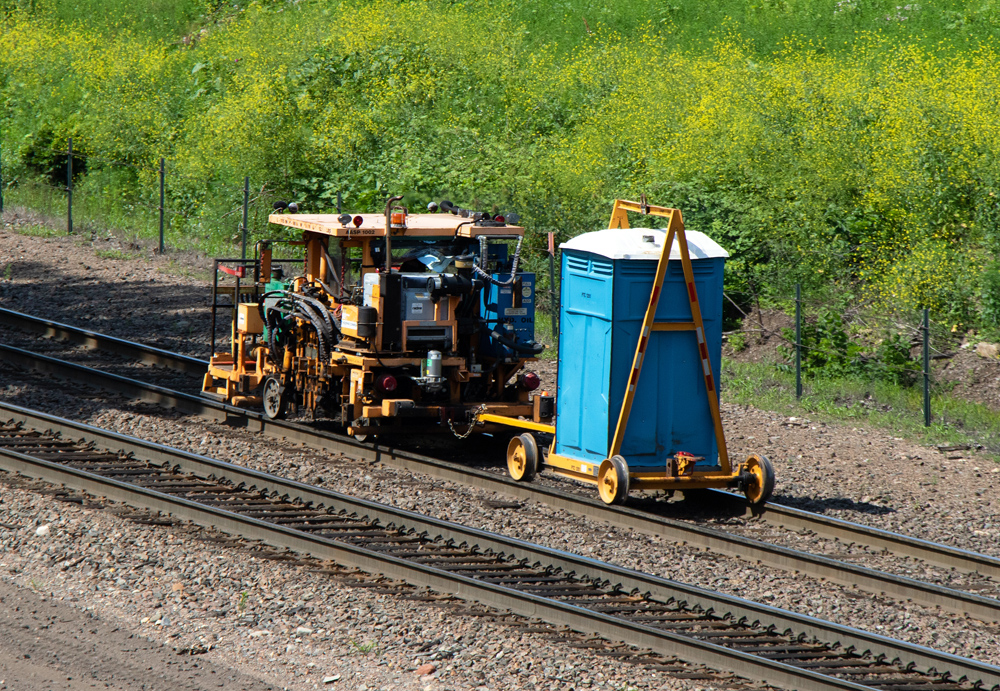
Toilet on the go They appear to be almost everywhere and go by many names, few of which can be mentioned at the dinner table. Nobody really wants to talk about them, yet they are an essential part of the industrial scene used by many railroaders. They exist due to the federal government’s Occupational Safety […]
Read More…
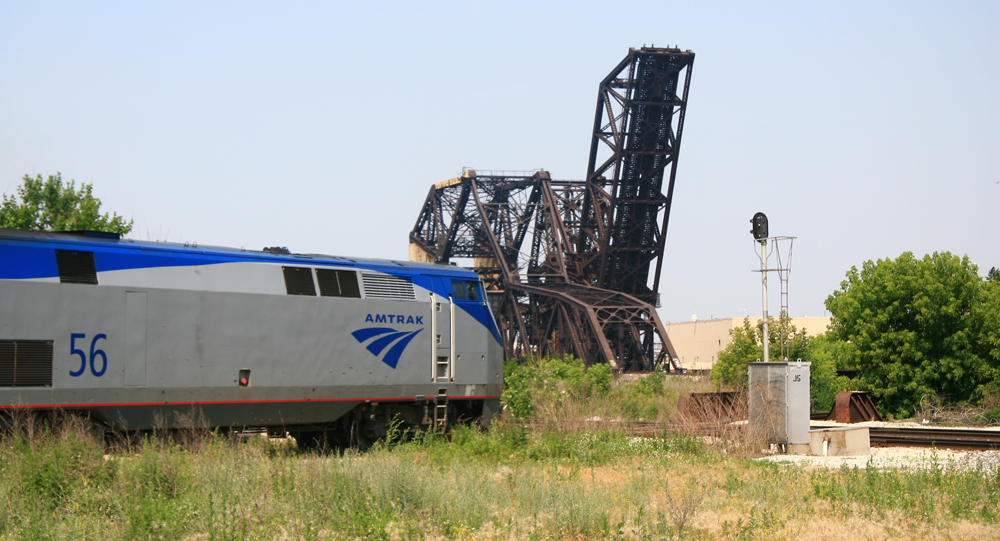
Trains take a detour The whir of an electric switch motor fills the air as a dwarf signal flashes from red to green. Beneath a blinding headlight, four locomotives advance stiffly along a tight connecting track as the rails squeal in protest. A dark figure emerges from a pickup truck waiting in the gathering darkness, […]
Read More…
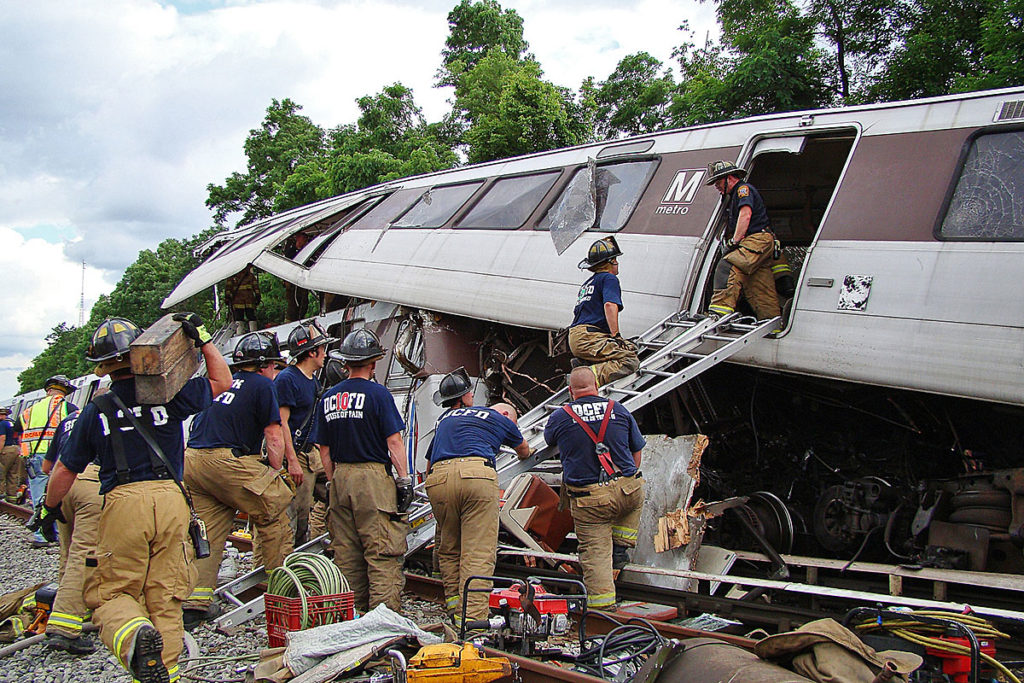
This story originally appeared in the May 2012 issue of Trains Magazine. Train wreck Two very similar passenger trains approach a standing locomotive at slow speed in an over-under video produced by the John A. Volpe National Transportation Systems Center in Cambridge, Mass. On impact, one train crumples with the lead car, but stays in […]
Read More…
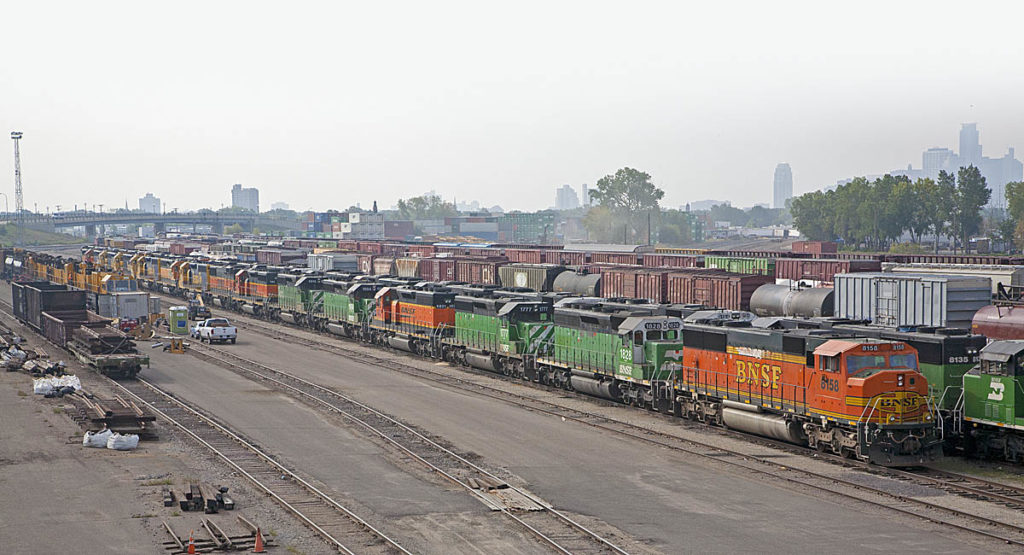
Storing locomotives Changing traffic levels affect the amount of equipment in operation, from freight cars to locomotives. When events occur such as a softening of the economy, losing a major contract to haul goods, or the end of a cyclical demand such as a grain harvest, a railroad will occasionally have to store equipment when […]
Read More…
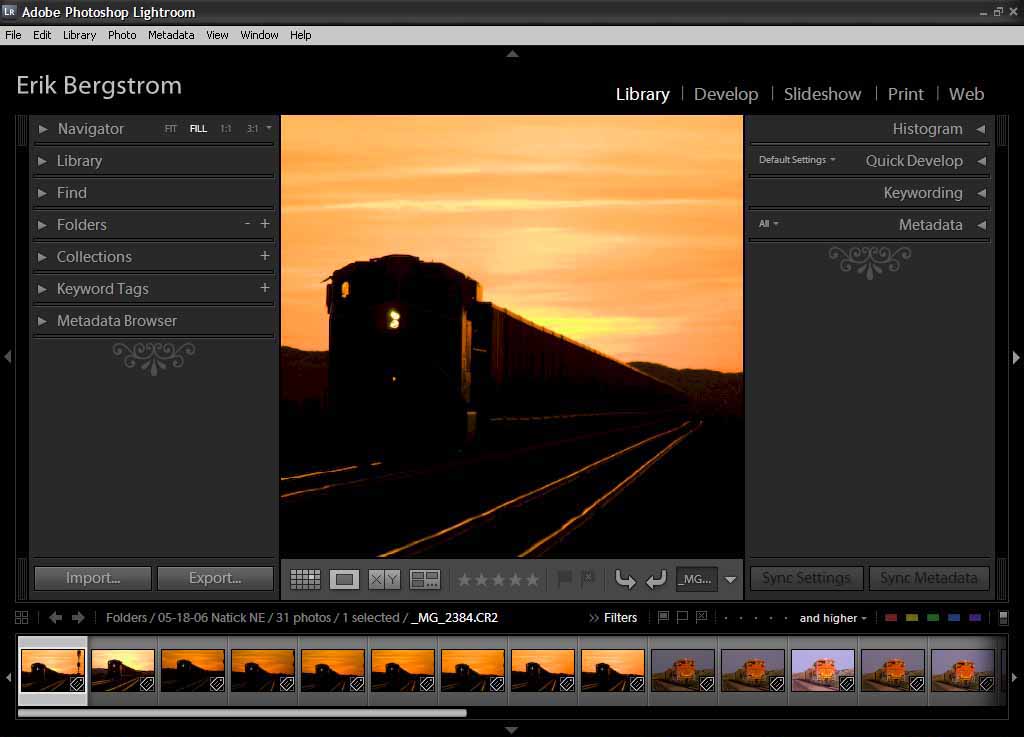
Adobe Photoshop Lightroom The view from the Library module of Abobe’s powerful digital image organization and editing software, Photoshop Lightroom. Recognizing the popularity of digital photography and the need to keep collections organized, Adobe released Photoshop Lightroom in early 2007. This software offers a user-friendly interface that lets you store, locate, sort, and edit your […]
Read More…












